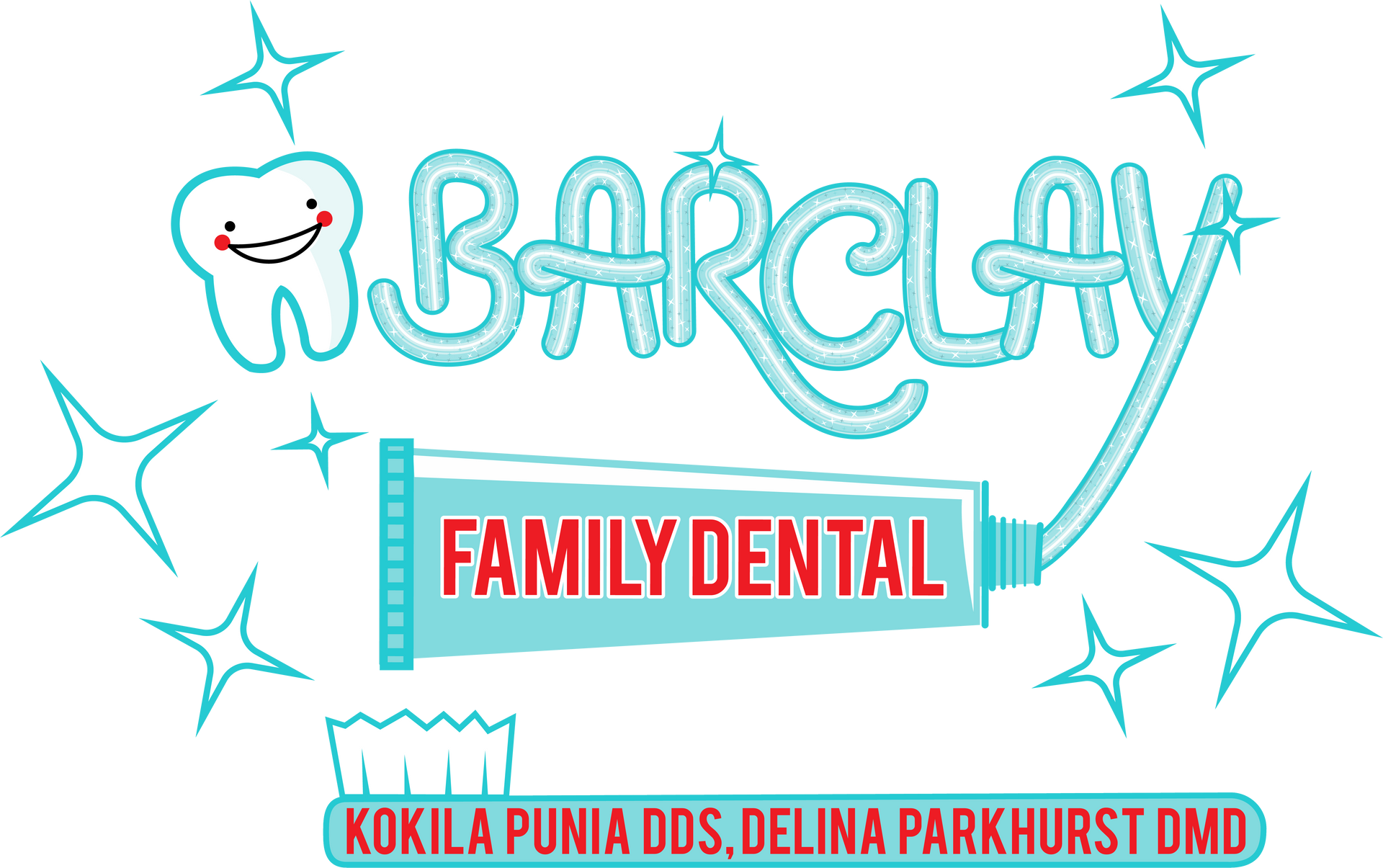Dental Fillings | Cavity Treatment In Cherry Hill, NJ
Nearly all patients will receive a cavity at some point in their lifetime. To treat a cavity, dentists use a procedure called a dental filling. Generally, it is a painless and quick procedure. Your filling works to prevent additional tooth decay and allows the affected tooth to function as it normally would.
Types of Dental Fillings
Here are some of the more common options for dental fillings:
- Silver-Color Fillings | These are a mixture of metal that combines mercury, tin, silver, and copper.
- Gold Fillings | This is a more expensive option as the fillings are a mixture of gold, copper, and other metals.
- White Fillings (Composites) | A mix of glass or quartz particles and acrylic resin, these have a color that resembles your natural teeth.
- Glass Ionomer Fillings | Another tooth colored-filling, this option is less sturdy than composites. These are made of acrylic and a specific glass that contains fluoride, an ingredient in toothpaste that helps prevent cavities. Glass ionomer fillings are frequently utilized for children's teeth.
- Porcelain Fillings | Like gold fillings, these are developed in a lab after your dentist makes impressions of your teeth, though they are more natural in appearance.
How Quickly Can A Filling Be Completed?
Most patients will have their dental filling applied in an hour or less and a simple filling can be completed in 20-minutes. With improved technology, dentists are now able to make inlays and onlays in a single appointment; however, a larger filling or several fillings can require more time. It will also be determined by what materials you decide to use for the dental filling, as some options will demand additional time or a second appointment.
- First, your dentist will examine your mouth and utilize dental instruments to inspect the cavity. To see how much tooth decay has occurred, they will take an X-ray of your tooth.
- You will then receive a local anesthetic to numb the tooth area, which will prevent any discomfort. If the dental filling is on the tooth surface, your dentist might not need anesthetic.
- After the area is effectively numb, your dentist will drill through the tooth enamel to remove the decay. Some dentists use a laser or air abrasion tool for this procedure, but that is less common than a drill.
- Your dentist will sterilize and prepare the area for the filling. They will then fill the hole. Certain types of fillings are hardened or fixed with a blue wavelength light.
- To complete the procedure, your dentist will polish the tooth and ensure your bite is functioning properly.
When the numbing effect diminishes, your tooth might experience slight soreness or sensitivity following the filling. You should not feel any discomfort, but it is recommended that you avoid extremely hot or cold foods and beverages for up to two days.
